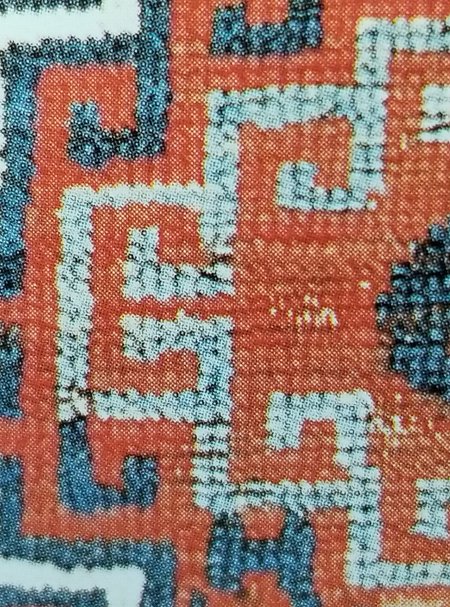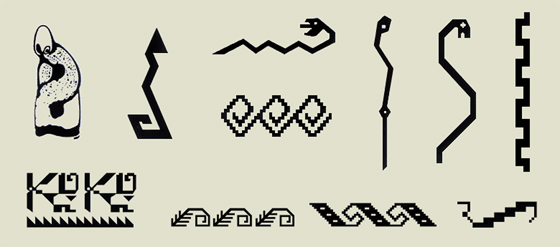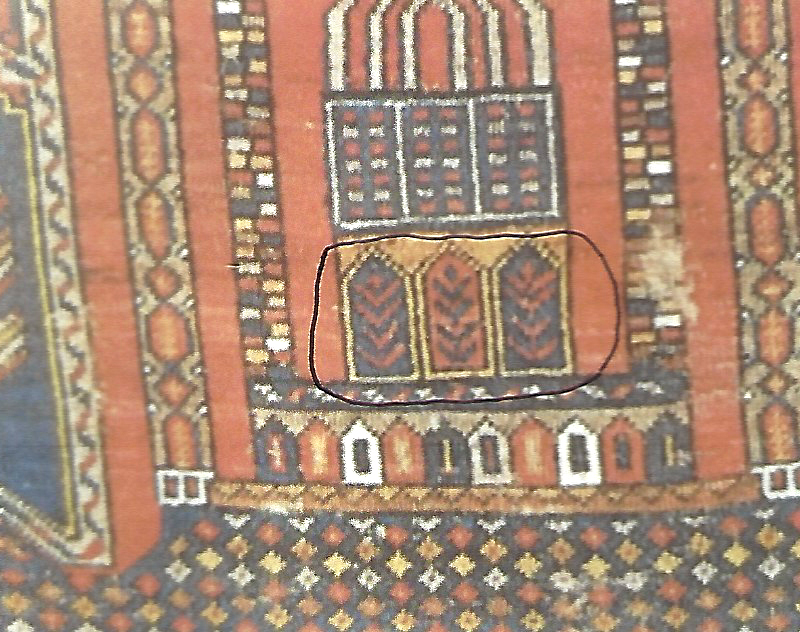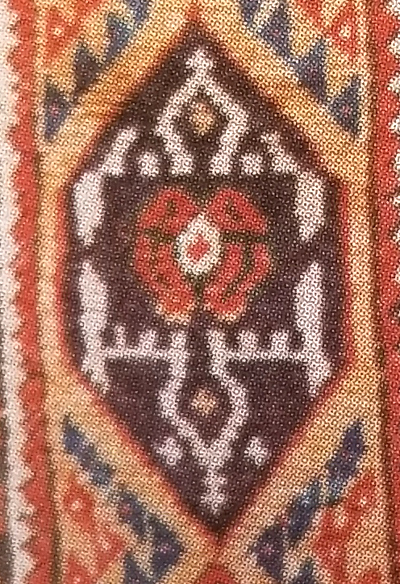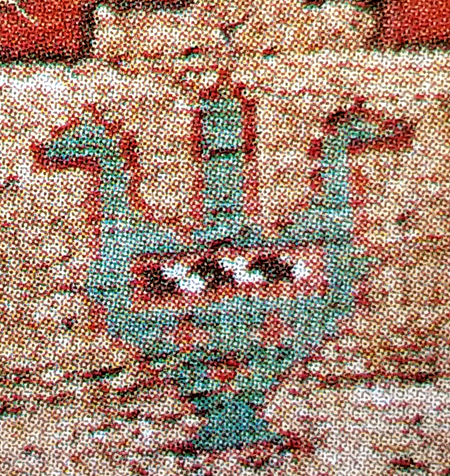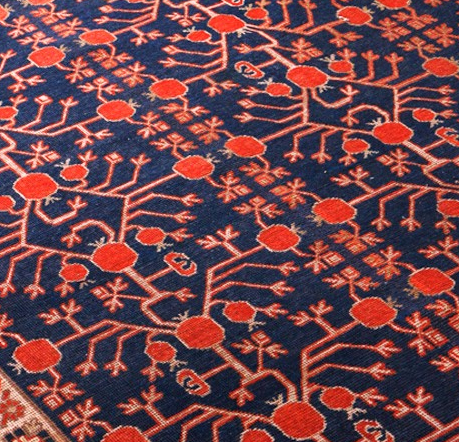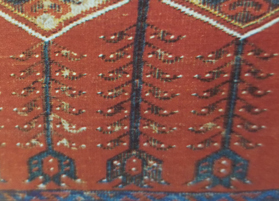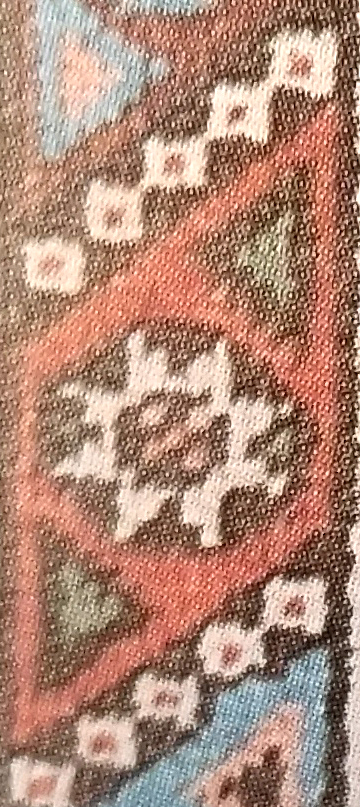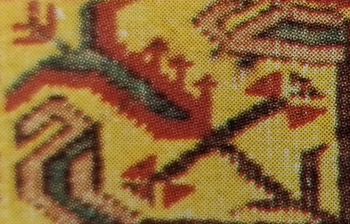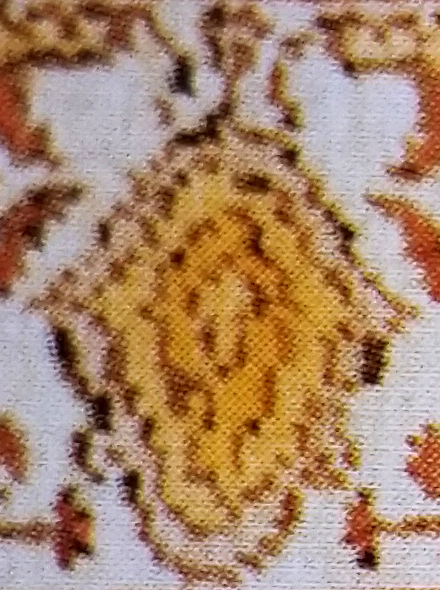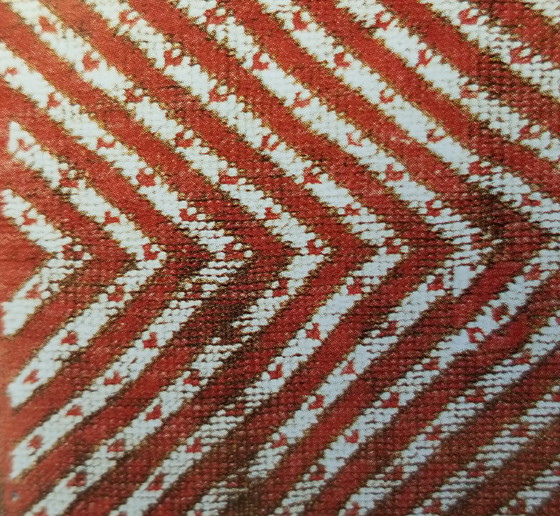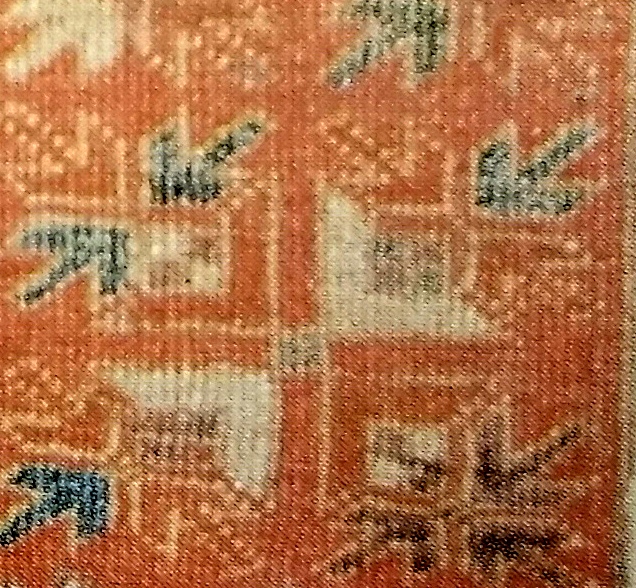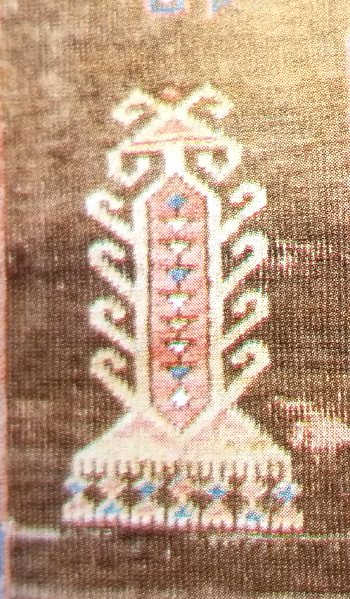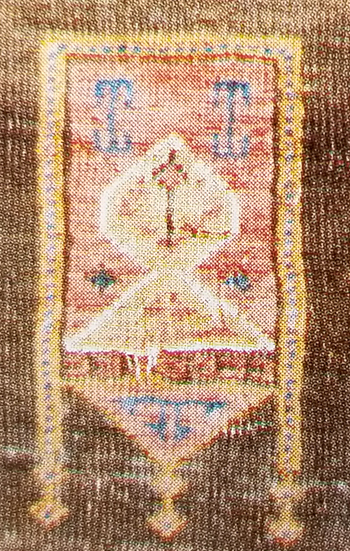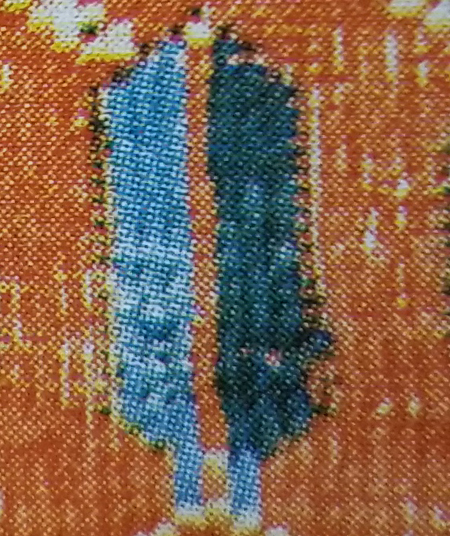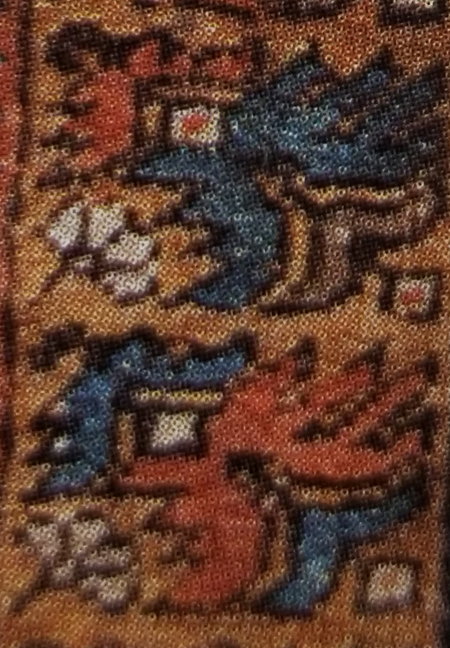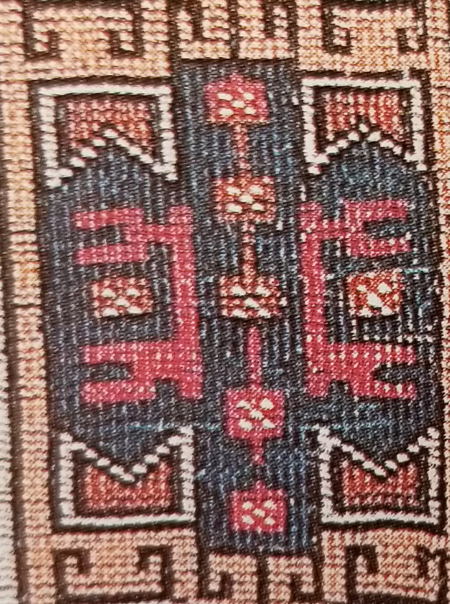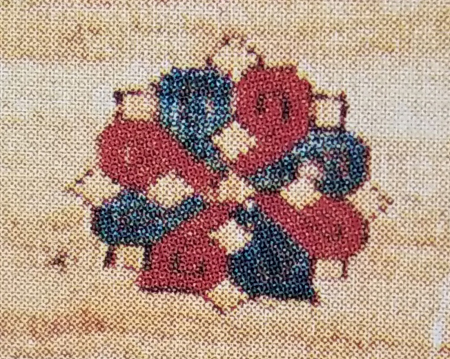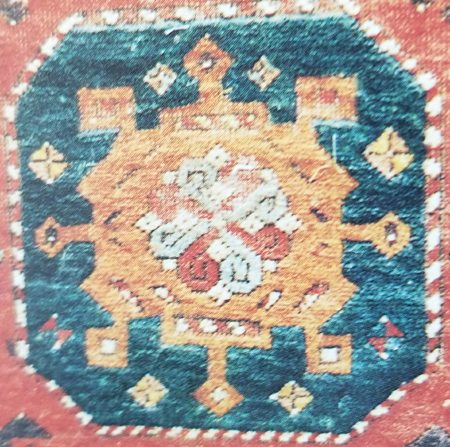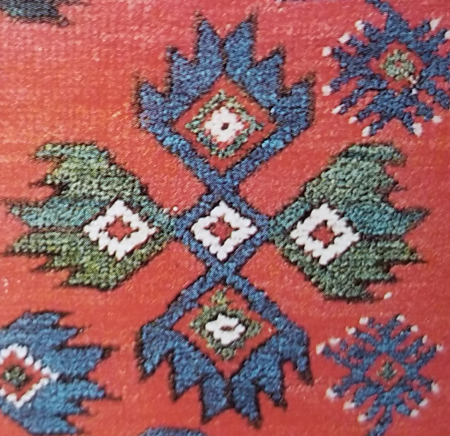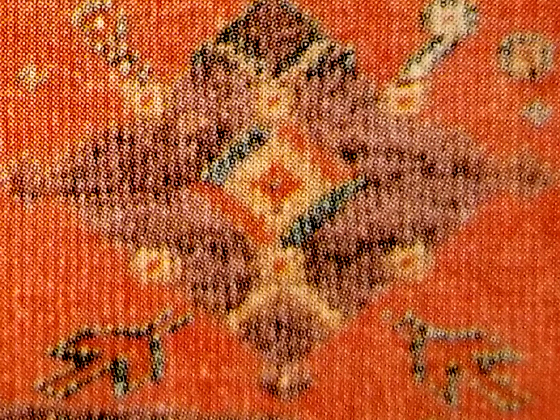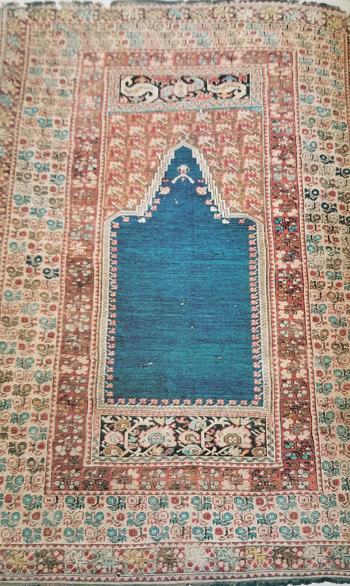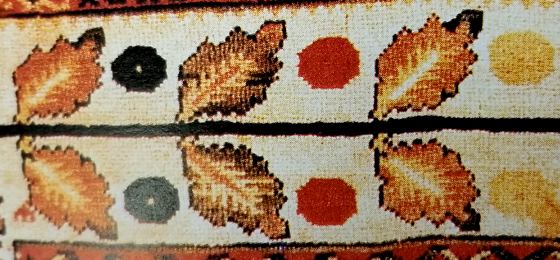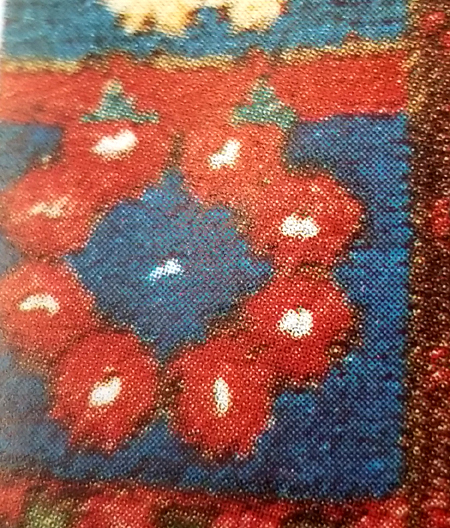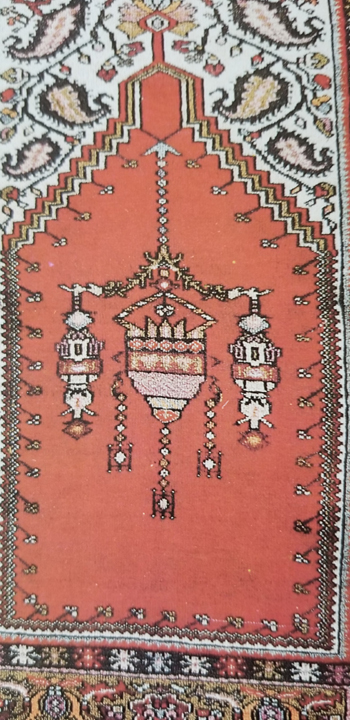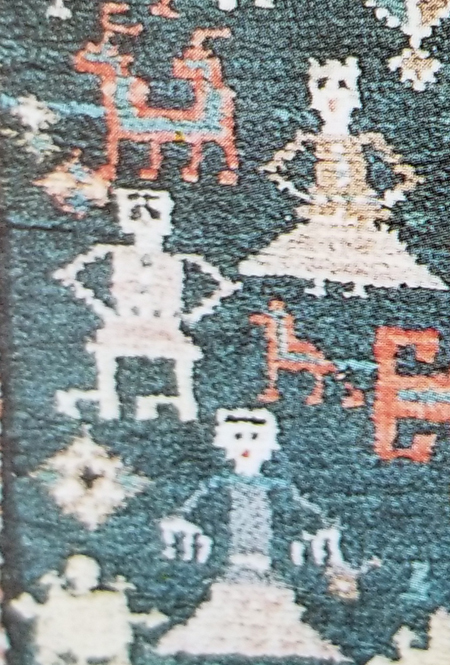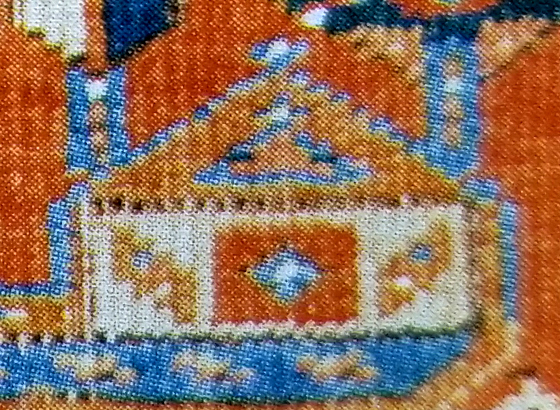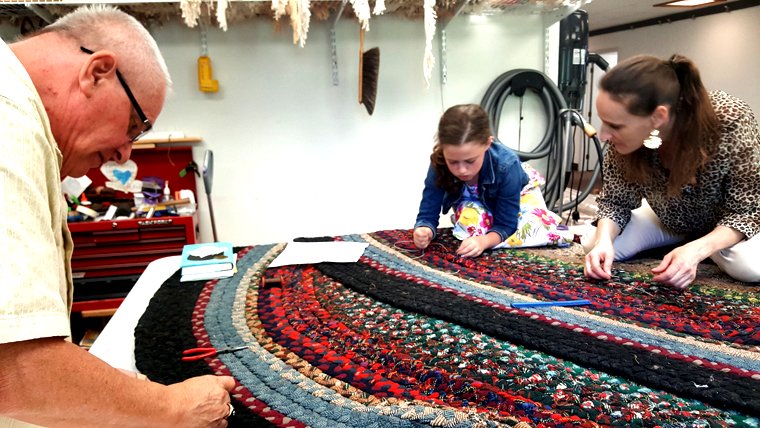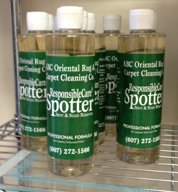TURKISH RUG MOTIFS
Turkish rug motifs and the way they are arranged in patterns are the keys to discovering each weaver's story. This is true of pile rugs as well as flat woven kilims from Turkey.
If the weaver is single, she may express this by the motif of a hair band announcing she is ready for marriage. If she is married, she will often use the yin-yang motif, expressing love and unity between a man and a woman. If she wishes to have a child, she may include the tulip motif. If she wishes protection for her flock from wolves, she can use the wolf's foot motif.
Turkish rug motifs can vary in shapes and sizes, as well as colors, all chosen according to the taste and the tradition of a given village or tribe. Some motifs, such as the dragon and the scorpion both share the same basic diamond shape with a hooked or stepped boundary and it can be difficult to distinguish between them.
There are certain motifs found only
in Anatolia (Turkey). Others can also be found in Persia (Iran) and the Caucasus region. Rug weaving appeared very early in all regions inhabited by nomadic Turkish groups. Turkish rug designs
appeared prominently in many early European artists’ paintings in the 14th to the 16th centuries, such as Holbein, Memling, and VanEyck, etc.
TURKISH RUG MOTIFS SYMBOLIZING PROTECTION
A large number of Turkish rug motifs symbolize protection against wild animals and any kind of evil or malice a weaver may feel threatens her or her family.
Weavers have believed from earliest times that imitating or weaving part of a dangerous animal will give them power over it and protection from it. Examples of these are the scorpion, the snake, and the wolf's foot or wolf's mouth.
A large number of Turkish rug motifs contain motifs woven as protection against the evil eye and the harm it can do to the weaver, her family, and her tribe. These motifs include the human eye, the cross, hook, scorpion, and burdock, etc.
The most common Turkish rug motifs symbolizing protection are noted below:
THE ARROW MOTIF (Ok)
The arrow motif is a general protective symbol usually used in borders.
THE DRAGON MOTIF (Ejder)
The dragon is a mythological creature whose feet are like the lion's, whose tail is like a snake and who has wings. The Turks of Central Asia stylized the dragon with a beak, wings, and a lion's feet.
Believed to be a great serpent, the dragon is the guardian and protector of treasures and secret objects as well as the tree of life. The dragon is the sacred imaginary animal of the sea, sky, mountains, and forests.
It is a symbol of power, force, and might because of its ability to produce flames from its mouth as well as by its supernatural appearance. The dragon also offers specific protection from the sting of the scorpion.
THE EVIL EYE MOTIF (Nazarlik)
The weavers have always believed some people possess a power in their glance which can cause harm, injury, misfortune, and even death. At immediate risk are babies, pets, important objects in the home, and property.
The evil eye motif itself is used in the same way an animal is depicted on a rug in order to control it or to reduce its effect.
The Muska is a triangular package containing a sacred verse carried by the tribal people for protection. When woven into a rug, it serves as an amulet, conferring protection by its presence.
THE BURDOCK MOTIF (Pitrak, Dulavratotu)
The burdock, a plant with burrs that stick to clothing and animal hair, is believed to avert the evil eye. It is also a symbol of abundance.
THE CROSS MOTIF (HAC)
The cross motif can divide the evil eye into four pieces, thus reducing its power. The cross motif was used well before Christianity and does not represent religious meanings.
The swastika is a variation of the cross motif and has been used for centuries as a motif in rugs.
THE EYE MOTIF(Goz)
The belief is the human eye is the most effective precaution against the evil eye. Very often it is depicted as a spot (usually of blue color) inside a triangle, square or quadrangle. A common form of the human eye is a diamond divided into four parts. The particular eye motif used on rugs can vary from one region to another.
THE HAND (El), FINGER (Parmak), and COMB (Tarak) MOTIFS
The hand, finger, and comb motifs are very similar. All are used against
spells and the evil eye. The use of this theme dates back to very early times. The fingers on the hand number five, which is considered a lucky number.
The comb motif is largely related to marriage and birth. When used against the evil eye, it expresses the desire to protect birth and marriage against evil eye.
THE HOOK MOTIF (CENGEL)
The hook is another motif used to avert the evil eye.
THE MONSTER'S FEET MOTIF (Canavar Ayaklan or Kurt Izi)
The monster's feet motif is a common protective symbol.
SCORPION MOTIF (Akrep)
The
weavers seek protection from the sting of the scorpion. Repeated use of the scorpion motif means the rug was woven as a means of protection against malice. The
scorpion can also be used as a symbol of pride and liberty.
SNAKE MOTIF (Yilan)
The snake motif is used for protection as well as a symbol of fertility. Black snakes are also used as a symbol of happiness and fertility in Anatolian weavings and can mean rebirth, immortality, and infinity. The snake can also be found guarding the tree of life.
WOLF'S FOOT MOTIF (Kurt Agzi or Kurt Izi)
The wolf’s foot or wolf’s mouth motif expresses the desire of the weavers for protection of their flocks from wolves.
TURKISH RUG MOTIFS SYMBOLIZING LOVE and MARRIAGE
THE CHEST MOTIF (Sandik)
The chest motif implies marriage. It actually represents the trousseau chest in which the young lady keeps the material to be used in the husband's house. Her expectations and hopes are reflected in the pieces she has woven, knitted, and embroidered.
THE EARRING MOTIF (Kupe)
The earring motif symbolizes marriage because in Turkish culture earrings are a common wedding present. When a girl weaves the earring motif into her rug it means she is letting everyone know she wants to get married.
THE FETTER MOTIF (BUKAGI)
The fetter motif represents the desire to tie a family or lovers together. A fetter is a cuff-like item placed on the legs of horses to keep them from running away. The cuffs are connected to each other by a chain. It is a symbol of harmony and togetherness of lovers. The fetter motif is also called 'kostek'.
As used on Anatolian weaves, it symbolizes the continuity of the family union, the devotion of the lovers, and the hope they should always stay together.
THE HAIR BAND (Sac Bagi)
The hairband motif implies a desire for marriage. It is traditional in Anatolian villages for girls to keep their hair long and not cut it until they get married. The hair band is also an ornament used by the bride in the wedding ceremony.
These hair bands can be made of black cord wool and contain doubly twisted silk thread, horse tail, beads, sea shells, gold thread, etc. The type and form of the hair band and the motifs used to represent it changes according to the the region.
THE RAM'S HORN MOTIF (Kocboynuzu)
The ram’s horn motif denotes fertility, heroism, and power. When applied as a love and marriage motif, it may represent the husband or lover of the rug weaver.
THE TOMBSTONE MOTIF (Mezar)
The use of a tombstone motif may indicate not simply death but the desire to die rather than be parted from the loved one.
Three tombs under the oil lap of a prayer rug implies the rug was woven for a convent.
THE YIN YANG MOTIF (Ask Ve Birlesim)
The oriental symbol of yin/yang is used to represent love, unity, and harmony between a
man and a woman. It is a symbol of dualism. The motif usually consists of 2 opposing colors, each having a dot in the color of the other indicating that in nature nothing is pure or free of error.
TURKISH RUG MOTIFS SYMBOLIZING THE DESIRE FOR
FERTILITY & PREGNANCY
THE APPLE BLOSSOM MOTIF (Elma Cicegi)
The apple blossom motif is a symbol of fertility.
THE CHEST MOTIF (Sandik)
As mentioned above, the chest motif can also symbolize fertility.
THE EWER MOTIF (Ibrik)
The ewer motif symbolizes purification as well as pregnancy.
THE FERTILITY MOTIF (Bereket)
The fertility motif contains the hands on hips and ram's horn motifs used together to denote a man and a women. An eye motif in the middle is used to protect the family against the evil eye.
THE FLOWER MOTIF (Cicek)
There are many different types and styles of flowers used as motifs. Some denote fertility, the desire to have a child, purification, and pregnancy, etc.
The grain (Tahil) and wheat (Bugday) motifs are symbols of fertility.
The pomegranate motif (Nar) represents the fruit of paradise, abundance and fertility. The pomegranate, a tree whose fruits carry many seeds, implies the desire for many children.
The tulip motif (Lale) can imply the desire to have a child.
Others include the oleander (Zakkum), hyacinth (Sumbul), and dahlia (Yildiz Cicegi), etc. Flowers can be found arranged in vases as well.
THE FLY MOTIF (Sinek)
The fly motif represents the rush of the flies towards fertility.
THE GOOSE FEET MOTIF (Kaz Ayagi)
The goose feet motif is the symbolic representation of female fertility.
THE HANDS ON HIPS MOTIF (Elibelinde)
The hands on hips is a very common and widely used motif. It symbolizes the mother goddess, a mother with child in womb, fertility, abundance or the hope of giving birth to healthy children, and the productivity of animals and plants.
RUNNING WATER MOTIF (Akar Su)
The running water motif symbolizes the life giving power of water. It can also symbolize fertility and purification. It is the belief drinking this water makes people immortal, strengthens the old and the weak, and transforms the ugliest into the most beautiful. This motif is usually found on the borders of Turkish rugs.
THE SPIKE MOTIF (Basak)
The spike motif is a fertility symbol.
THE STAR MOTIF (Yildiz)
The star motif, though it generally symbolizes happiness, can represent the womb, thus it may mean fertility as well. See below.
TURKISH RUG MOTIFS SYMBOLIZING
THE DESIRE FOR IMMORTALITY
THE MOSQUE MOTIF (Cami)
The mosque motif is an expression of the wish for an afterlife.
THE TREE OF LIFE MOTIF (Hayat Agaci)
The tree of life motif symbolizes the desire for immortality. It can also mean the afterlife. This motif is the worldwide symbol of life rising up to heaven and it encompasses both earth and heaven.
The cypress tree motif (Selvi Agaci) is a prominent feature in Anatolia but many tree symbols can be used for the tree of life. They include plane-tree leaves (Cinar Yapraklari) as well as olive, oak, fig, palm, etc.
TURKISH RUG MOTIFS SYMBOLIZING THE DESIRE FOR
GOOD LUCK and HAPPINESS
THE BIRD MOTIF (KUS)
The bird is the symbol of happiness, joy, and love. The use of the eagle, falcon and hawk denotes power and strength.
The use of birds can also refer to them as divine messengers. They can represent long life, the soul of the dead, and longing and expectation of news.
The use of pigeons, doves, and nightingales mean good luck.
On the other hand, when owls or raven motifs are used, they signify bad luck.
THE ROSE MOTIF (Gul)
Rose motifs used on the border express a hope for good luck and happiness. See below.
THE STAR MOTIF (Yildiz)
The star motif generally means happiness. It does not imply heaven. A cloud, dragon or a phoenix would be used instead.
The star motif could also symbolize the womb and may be related to fertility.
TURKISH RUG SYMBOLS
DEPICTING
FATE and HEAVENS
THE CARKIFELEK MOTIF
The carkifelek motif is a variation of the cross motif and is the symbol of fate and heavens. The motif is used to indicate a supernatural force, known as the
wheel of fortune, which is believed to control the destiny of people.
THE FIGHT OF THE DRAGON and PHOENIX MOTIF
(Ejderha Ve Anka Kusunum Dovusu)
The fight of the dragon and the phoenix is used to symbolize the coming of the fertile rains of spring because the fertile rains are thought to be an outcome of the fight between the dragon and the phoenix. It is a representation of a common mythological theme of the meeting of earth and heaven or the mother goddess and the god.
The phoenix is a symbol of immortality and rebirth. Legend has it at the end of its life, it burns itself by setting fire to its nest built of the branches of spring trees. Then a new phoenix comes to life. In Islamic mysticism, since the phoenix is invisible, it symbolizes the soul as liberated from the body and the material weight of the world.
THE NUT GALL MOTIF (Mazigulu)
The nut gall motif is used to express the fight between the dragon and the phoenix.
TURKISH RUG MOTIFS SYMBOLIZING
RELIGION
The prayer rug is a type of rug that is very easy to identify. It will always contain a niche. The niche represents the mihrab in every mosque, a directional point which shows the worshipper the way towards Mecca. It is signifies a place of hope or a doorway to paradise.
The niche can be plain or decorated with oil lamps, flowers, etc. Carnations inside a niche represent the tree of life.
THE TOBACCO LEAF MOTIF (Tutun Yapragi)
The tobacco leaf motif is usually found on borders and is one of the symbols of the Garden of Eden.
Many other floral motifs used on borders stand for the Garden of
Eden. The carnation (Karanfil) and rose (Gul) are 2 examples of these.
THE OIL LAMP MOTIF (Kandil)
The oil lamp motif implies the rug was woven as a vow and assigns a religious characteristic to the rug.
MEANING OF
TWO or MORE TURKISH RUG MOTIFS COMBINED
When 2 or more symbols are found together, there may be a special meaning to the combination:
- Birds in flight - Symbol for good news.
- Pair of birds (Bir Cift Kus) - Happiness.
- When the feminine hands on hips (Elibelinde) and the masculine ram's horn (Kocboynuzu)are each drawn twice, overlapping at the center, they form a figure of the sacred union of the sexes.
- When the hands on hips (Elibelinde), the female symbol of fertility, and the ram's horn Kosboynuzu) are arranged to fit into each other, it symbolizes marriage.
- Birds on the Tree of Life symbolize life and soul.
- Birds, the dragon, and the tree of life together stand for the continuity of the soul and immortality. This is true also of the dragon and the tree of life used together.
- The star used with the Tree of life indicates the eternity of the tree of life.
- The ewer placed beside the tree of life suggests the wish a baby will lead a long and happy life.
- The repeated use of the ram's horn motif is called Toplu Kocboynuzu and is used to symbolize fertility.
- The earring and a plain niche in a prayer rug imply expectation for marriage.
- The use of a triple niche motif indicates the prayer rug was woven to be used in a mosque.
- The chest and comb used together are symbols of marriage and happiness.
TURKISH RUG SYMBOLS
USED FOR
FAMILY SIGNS (Im)
Turks have always used specific figures as family signs. These can be found not only in their weavings but on their grave stones as well.
SOME MISCELLANEOUS
TURKISH RUG MOTIFS
ANIMAL & HUMAN FIGURE MOTIFS (Hayvan) and (Insan)
THE HOUSE MOTIF (Ev)
WE HOPE YOU ENJOY THE STORIES TURKISH RUG MOTIFS TELL
From early history to the present, Turkish rugs relay valuable traditional messages through meaningful motifs and patterns.
The nomad woman was and is blessed in that she does not have to leave home or change her life to find herself. She can weave a rug that makes a statement and tells a story that will outlast her own lifetime and possibly even those of her children and grandchildren.
Although many of the motifs have variants that may make it difficult to identify them, the majority, once learned, can open a whole new world of appreciation for the weavers who produce them and the stories they tell.
Enjoy!
"The Cleanest Clean You've Ever Seen."
by
ABC Oriental Rug & Carpet Cleaning Co.
130 Cecil Malone Drive Ithaca, NY 14850
607-272-1566
ABC
Carpet & Rug
Spotting Guide
Learn how to remove spots with ordinary household solutions
Sign up below to gain access to your complementary Spotting Guide from ABC.
Registering your email address guarantees you will be notified whenever discount savings coupons become available.
Did you know that our ABC Responsible Care Spotter can get those pesky spots out of your carpet and rugs and will work equally as well on your clothes and upholstery?
Stop by our office and pick one up. They are $5.00 + Tax but if you have carpets or upholstery cleaned in your home or business, just request a free one from your Technician.
And don't forget to fill out the form above to download your free ABC Spotting Guide!
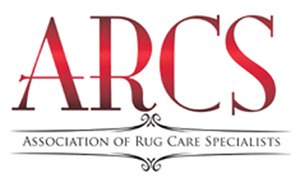
ABC Oriental Rug & Carpet Cleaning Co.
is a FOUNDING MEMBER of the
Association
of Rug Care Specialists.
"To Teach, Cultivate and Advance the Art and Science
of Rug Care"
GIVE THE
GIFT OF CLEAN!
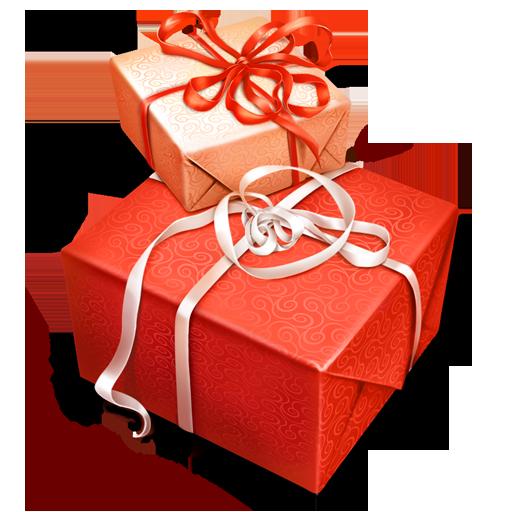
Why not think 'outside the box' and give
a Gift Certificate for professional carpet, upholstery, or tile
& grout cleaning from ABC for any special occasion!
Does a special person have a favorite area rug or oriental rug that needs cleaning or repair? Just give us a call. You'll make their day!
Bring in the mats from a car and we'll clean them as well.
Contact
us if you live in the Ithaca, NY or surrounding areas and we will
tailor a special gift certificate just for you for any Special Occasion.
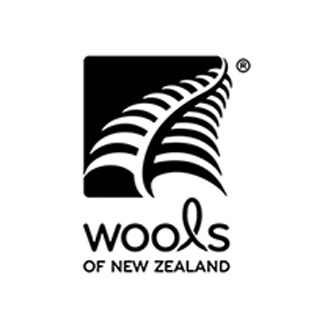
The Standard of Excellence
ABC Oriental Rug is on Facebook!
We regularly post tips and information about your carpet, rugs, upholstery, and tile and grout so please visit us often.
We update our Facebook page with our latest discounts and we are also offering exclusive promotions to our Facebook fans. These are limited and short notice promotions.
When you like our page, you will also be able to claim your special gift from us!
"Like Us"
on Facebook
and find out
what's going on!


























